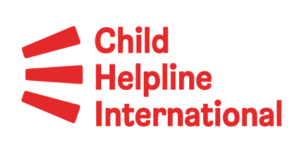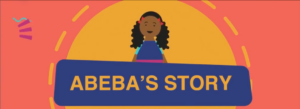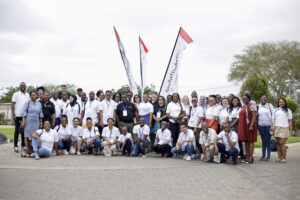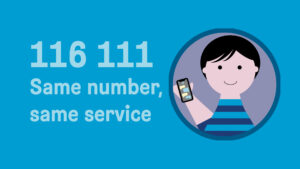The harmonized 116 111 number for child helplines stands as an essential service for children seeking support, recognizing the significance of providing easily memorable numbers in times of distress. Its crucial role lies in simplifying access to assistance, notably reducing help-seeking barriers as 116 111 is connected to organizations that children recognize and trust with their issues.
Sixteen years since its inception, the harmonized 116 111 number for child helplines is testament to the progress and impact of child helplines in Europe. Operating in 23 of the 27 EU countries and seven additional European nations, these 116 111 child helplines, together with other national child helplines across Europe, play a pivotal role for children’s rights and wellbeing, providing counselling to between 1 million to 1.5 million individual contacts each year – most of them children – on any issues they are facing.
Over the years, 116 111 child helplines and other national child helplines have become entrenched in national child protection and well-being structures in most European countries. Many of us will remember child helplines from our own childhood. Widely recognized and trusted as an accessible support service for children directly, they play vital roles in prevention, support, and referral services related to key child rights and well-being issues. Notably, approximately 65% of contacts to child helplines in Europe concerned issues relating to violence and mental health – two key child rights priorities in Europe, as well as the international community. In essence, child helplines are key in upholding the principles of the UN Convention on the Rights of the Child.
However, despite this widespread recognition, many European child helplines grapple with inadequate resources – particularly in responding to emerging crises such as war, pandemics and natural disasters – as well as providing the same service to children with specific communication needs such as children in migration or children with disabilities. Child helplines are not always sufficiently supported by their national governments, and the protection of 116 111 and national child helplines in European regional policy is insufficient, leaving these child helplines vulnerable and at risk of being taken for granted.
This report outlines the gaps, opportunities and requests to EU and European agencies, national governments, telecoms and mobile operators on how we can ensure the continued protection of 116 111 child helplines and national child helplines, to ensure that all children have access to a high-quality child helpline on any issue they are facing.




